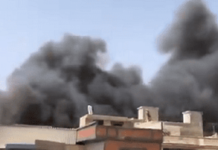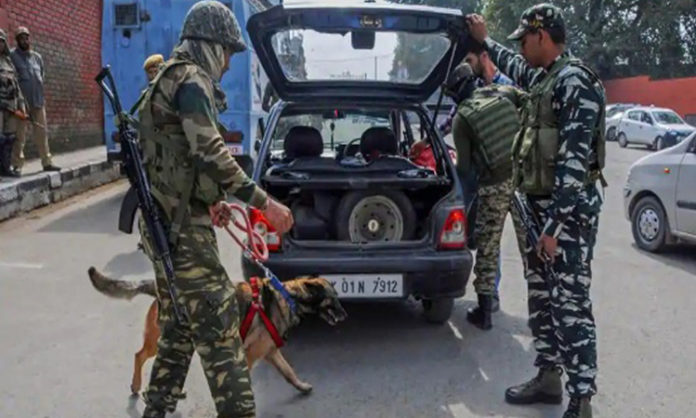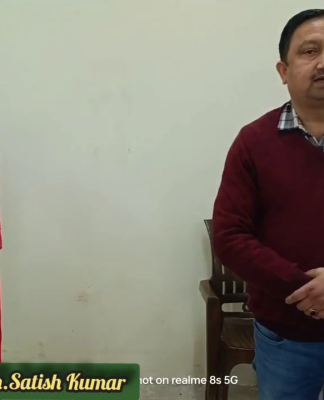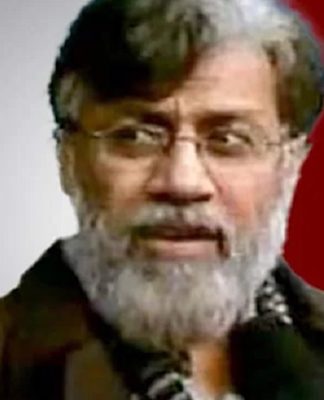Srinagar, February 26: At close to 3 am, the airspace over Srinagar was abuzz with sound of fighter planes.
For a moment, it felt usual till it was realised the fighters are continuously patrolling the sky for next two hours. “All we could hear was war planes roaring in the skies past 3 am,” said a resident of Srinagar.
Another resident said she was woken up by the unusual noise in the sky and felt the war has begun and bombings might begin in Srinagar.
When the sound of fighter planes ended at close to 5 am, the residents felt relieved and many thought it was a repeat of mock-aerial exercises that had taken place repeatedly over the past few nights.
When the news finally flashed that the Indian Air Force had cross the Line of Control and carried out bombing raids, there was unease in Kashmir, but no panic.
The panic that had gripped Kashmir Valley over the last few days had already taken out the element of surprise and shock as many residents had prepared themselves by stockpiling food and fuel.
In the morning, traffic slowly began to increase along the highway, where a suicide car bombing on February 14 had left 40 CRPF personnel dead and also heightened the threat of war.
The petrol refuelling station continued to remain out of service due to shortage of petrol and people made desperate attempts to find even a litre.
Omar Abdullah, the vice-president of National Conference and a former chief minister, was among the first to respond to the early report of airstrikes.
“The problem now becomes PM Imran Khan’s commitment to his country … what shape will response take? Where will response be? Will India have to respond to Pakistan’s response?” he wrote on Twitter.
As the scale of the airstrike was leaked in piece-meals, Omar responded with amazement. “Wow, if this is true (that 12 Mirage 2000 jets took part in the operation that dropped 1000 Kg bombs) this was not a small strike by any stretch of imagination but will wait for official word, should any be forthcoming,” he said.

















































